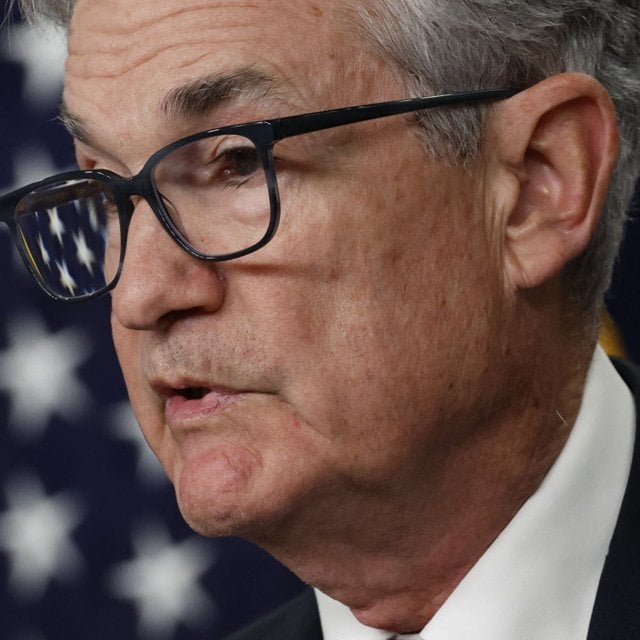Fed Minutes to Show Support Level for Larger Hikes, Higher Peak

Officials may set a high bar for returning to half-point rate increases. But if more policymakers supported preserving the option for a larger move, it could hint that the Fed may be open to taking rates higher than previously expected to quell strong inflation, said Omair Sharif, founder of Inflation Insights.
“That at least gives us some sense of potentially how quickly the Fed might shift if needed,” said Sharif. “If you think 50 is obviously on the table, then that probably suggests that the terminal rate is going to be higher as well.”
Projections issued at the Fed’s December meeting showed officials saw rates rising slightly above 5% this year and staying there for a while to bring inflation down to the central bank’s 2% target. Investors previously doubted that message, and were pricing in rate cuts for the second half of this year.
But on the heels of stronger economic data and hawkish messaging from some policymakers, markets now see the Fed extending its rate hiking campaign for longer than previously expected. Quarter-point rate increases are fully priced in for March and May and the odds of another such move in June are high. Investors see rates peaking at 5.37% this year, according to financial futures contracts.
Recent economic reports showed robust retail sales, a stronger-than-expected rebound in US producer prices and consumer prices that are not slowing by as much as forecast.
The minutes could also reveal how officials interpreted the data they had on hand by the time of the meeting, offering clues on how they may be interpreting the strong data that’s been released since the gathering, said Sharif. A message that policymakers see the risks of doing too little to halt inflation as the greater risk when compared to hiking too much, could suggest that officials are prepared to take rates higher, he said.
Fed Chair Jerome Powell told reporters after the meeting earlier this month that upcoming projections, which officials will pencil in for their March 21-22 meeting, will be determined by what happens with inflation.
“It could certainly be higher than we’re writing down right now,” Powell said. “At the same time, if the data come in, in the other direction, then we’ll, you know, we’ll make data dependent decisions at coming meetings.”
–With assistance from Vince Golle.



